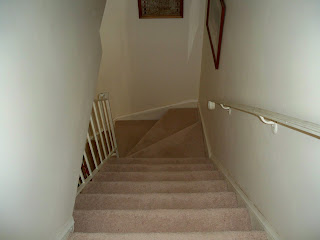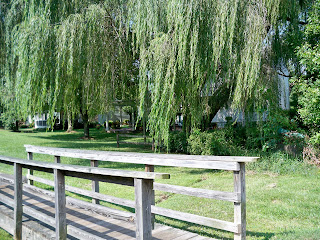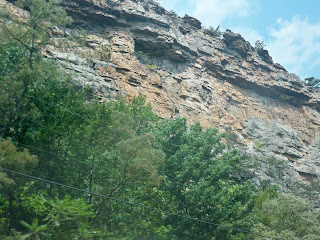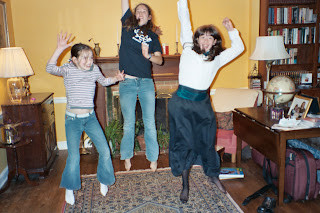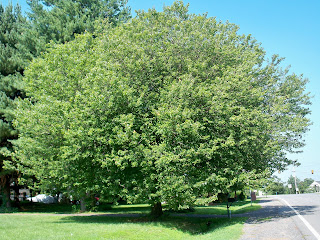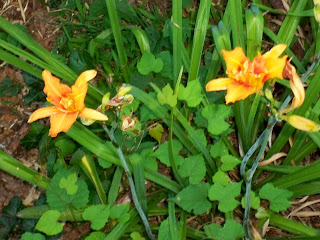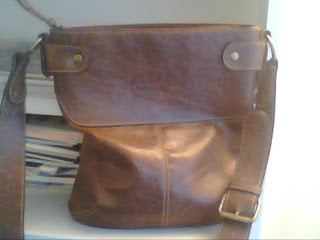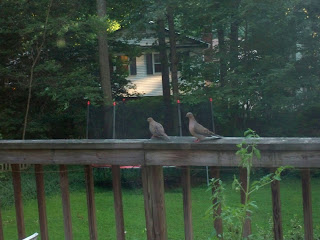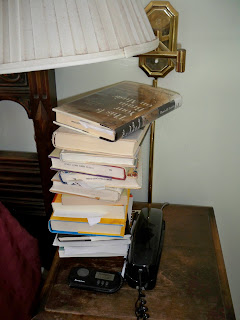Restless Home
For the last few days, flight has been on my mind. Because it is September, because I saw in an almost-dark sky an unmistakable “V” of geese, because soon animals in our part of the northern hemisphere will search for a place to stay warm for the winter. Perhaps for all these reasons and more, I’ve been thinking lately about where to live when the children are on their own, when our nest is empty. Realizing, of course, that this is not a single decision but a joint one, that I love our house because we’ve raised (are raising) three daughters in it, still, still I’m restless on this subject.
What is it that binds you to a place? Family, friends, work, of course. But to what degree is it the land itself, the way it feels under your feet and as you drive through it on a late summer evening, aware suddenly that this once alien place, like it or not, is home.
